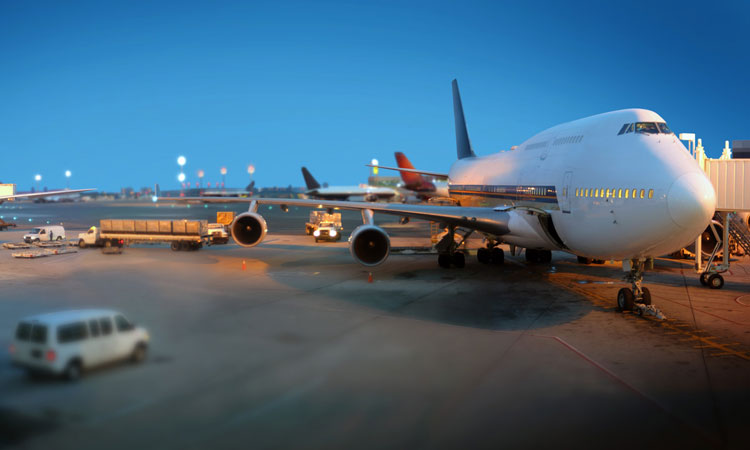Airport 4.0: How private 5G is a key enabler
Posted: 3 November 2021 | International Airport Review | No comments yet
On 16 November, Nokia will be hosting a webinar on how 5G is key to helping airports accelerate digital transformation.


Airport digitalisation, also known as Airport 4.0, allows airports to embrace paperless operations, enhance their operational and situational awareness, and reduce costs so they can become more competitive.
The journey to Airport 4.0 is a challenging one that requires the alignment of many airport stakeholders, particularly those involved in aircraft turnaround. These stakeholders will need to rely on specific airport applications that run on rugged cell phones or tablets. Airports must support these applications by providing broadband connectivity everywhere.
Airports can no longer treat connectivity as a commodity. It is a strategic asset that is as important to an airport as the runway. Pervasive, reliable and secure broadband wireless connectivity will play a critical role in helping airports realise their Airport 4.0 ambitions by connecting all their stakeholders, processes and systems.
Join us on 16 November for a webinar by Nokia and Brussels Airport Company on how LTE/5G-based private wireless networks can help airports accelerate their digital transformation and adopt new applications and services now – and in the future.
Challenges
The clock is always ticking at airside, specifically at the ramp. Guaranteeing or improving turnaround times is what matters. Some processes at the ramp already feature digital operations, including baggage scanning. However, many processes still rely on paper and pencil. Airports face challenges in helping airlines and airport services companies reliably connect devices to their backend systems to support digital process automation.
These challenges make it more difficult for airports to use Airport 4.0 to become more efficient and cost competitive and enhance the passenger experience. Airports need to reconsider their wireless strategy, keeping in mind that connectivity will become a strategic necessity.
How private wireless helps
A private wireless network creates the foundation for Airport 4.0 with pervasive connectivity that makes it simpler to embrace process digitalisation and paperless operations. Private wireless also allows airports to increase their operational and situational awareness so they can efficiently resolve any type of incident and minimise its impact on turnarounds.
Benefits of private wireless
- Provides pervasive, ultra-reliable connectivity for airport workers, assets, processes and partners
- Guarantees service where it’s needed while ensuring strong security
- Keeps services and data on premises, within the airport
- Uses proven, high-performance LTE and 5G technologies
- Focuses on the needs of airport operations, reserving existing Wi-Fi networks for passengers
Register now to watch this webinar for free.
Join our free webinar: Transforming Airport Security – Innovation, Impact, and the Passenger Experience
The landscape of airport security is undergoing a profound transformation, driven by evolving threats, technology, and passenger expectations. This webinar focuses on how AtkinsRéalis has been transforming security processes at some of the world’s busiest airports with smarter, more adaptive solutions.
Date: 4 Nov | Time: 14:00 GMT
REGISTER NOW TO SECURE YOUR SPOT
Can’t attend live? No worries – register to receive the recording post-event.
Related topics
5G, Digital transformation, Passenger experience and seamless travel


















